the gas furnance and its internal functions paert#1
A gas furnace is a heating system that uses natural gas or propane to generate heat. It consists of several internal components that work together to produce and distribute warm air throughout a building. Here are the main internal components of a typical gas furnace:
Burner: The burner is responsible for igniting and combusting the natural gas or propane fuel. It is located within the combustion chamber.
Combustion Chamber: This is where the fuel is burned to produce heat. The combustion chamber is designed to contain and control the combustion process.
Heat Exchanger: The heat exchanger is a crucial component that transfers heat from the combustion process to the air being circulated throughout the building. It is typically a metal chamber or coils through which the hot combustion gases flow. The heat exchanger prevents the combustion gases from mixing with the circulated air.
Blower Motor: The blower motor is responsible for circulating air throughout the heating system and into the ductwork. It draws in cool air from the building, passes it over the heat exchanger to warm it up, and then distributes the heated air through the ducts.
Control Board: The control board is the central control unit of the furnace. It regulates and coordinates the operation of various components, such as the burner, blower motor, and safety devices. It receives input from thermostats or other temperature sensors and adjusts the heating process accordingly.
Gas Valve: The gas valve controls the flow of natural gas or propane into the burner. It is regulated by the control board, which opens or closes the valve as needed to maintain the desired temperature.
Pilot Light or Ignition System: In older gas furnaces, a pilot light is used to ignite the fuel. Newer models may employ electronic ignition systems, such as hot surface igniters or intermittent pilot lights.
Safety Devices: Gas furnaces incorporate various safety devices to ensure proper operation and prevent hazards. These may include flame sensors, limit switches, pressure switches, and rollout switches. They monitor conditions within the furnace and shut off the gas supply if any abnormal or unsafe conditions are detected.
Air Filter: The air filter removes dust, dirt, and other particles from the incoming air before it enters the heat exchanger. It helps maintain good indoor air quality and protects the furnace components from debris.
Ductwork: While not an internal component of the furnace itself, the ductwork is an essential part of the heating system. It distributes the heated air from the furnace to different areas of the building through vents or registers.
These are the main internal components of a gas furnace, but the exact design and configuration may vary depending on the specific model and manufacturer. It's always important to refer to the manufacturer's documentation or consult a professional for detailed information about a particular furnace model.
-
 24:53
24:53
HVAC for beginners
1 year agohow does a gas furnace work ?
111 -
 23:02
23:02
HVAC for beginners
1 year agofunction of the Thermostat and control board
1651 -
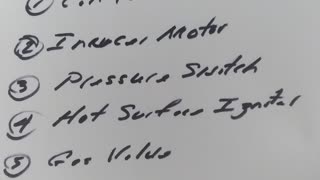 3:43
3:43
Gotchaplumber
2 months agoSteps of operation of gas furnace?
5 -
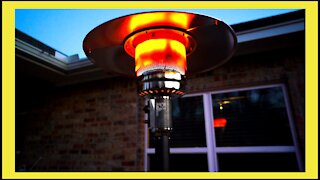 6:59
6:59
TomTomsProductReviews
3 years agoPatio Heater | Propane Gas | Assembly | Commercial Power Outdoor Heat
71 -
 1:41
1:41
Larson Electronics - American Made and Manufactured Industrial Lighting and UVC Products
2 years agoCart Mounted Forced Air Heater - 120V - Kerosene/Diesel - 630 CFM, 190000 BTUs - 13 Gallon Tank
80 -
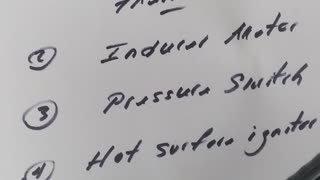 3:10
3:10
Gotchaplumber
2 months agoWhat is a pressure switch for a gas furnace?
25 -
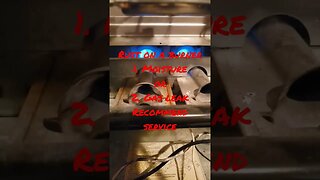 0:15
0:15
Home Inspector Dan
1 year agoRust on a furnace burner can mean a couple things. #homeinspection
2 -
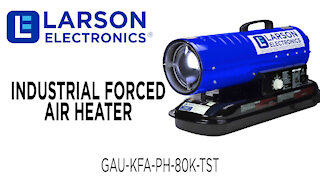 1:17
1:17
Larson Electronics - American Made and Manufactured Industrial Lighting and UVC Products
2 years agoIndustrial Forced Air Heater - 120V - Kerosene/Diesel - 240 CFM - 80,000 BTUs - 5 Gal Tank - Blue
62 -
 5:56
5:56
Jack of All Trades - Living My Best Life
1 year agoHow to change the filter on your furnace.
10 -
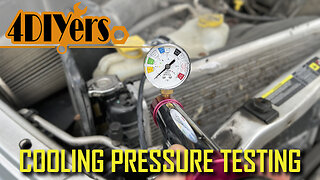 4:33
4:33
4DIYers
7 months agoHow to Pressure Test a Cooling System
22